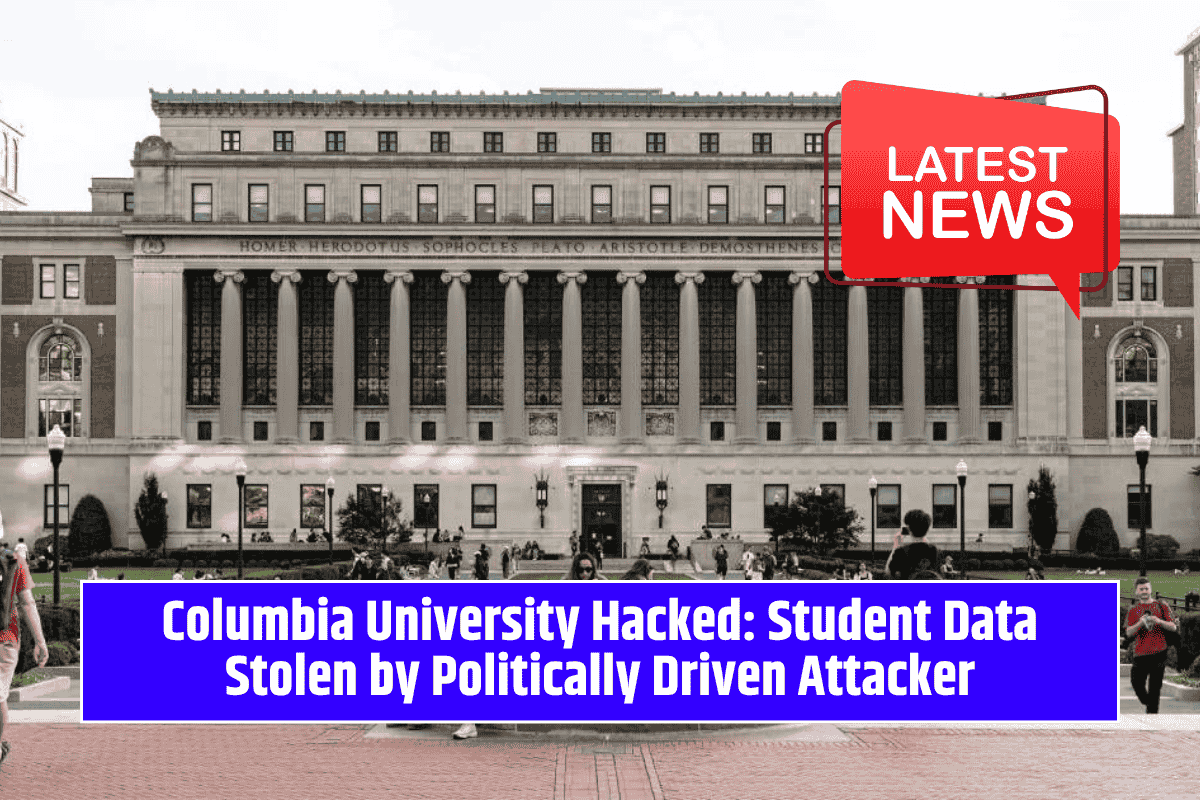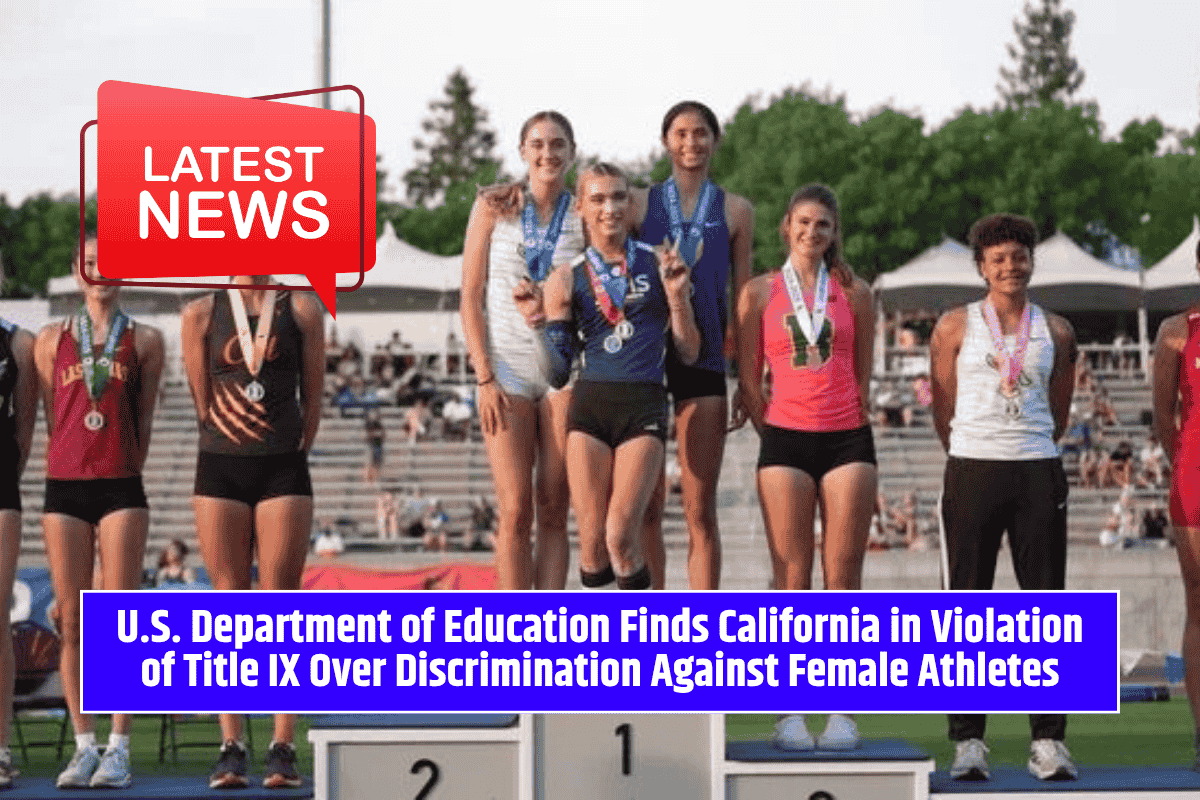As the 250th anniversary of the American founding approaches, it’s crucial to acknowledge a hard truth: democracies are not self-executing. They require constant care and active participation from informed, engaged citizens who understand both the machinery and the principles of self-government.
However, today, one in three Americans cannot name the three branches of government or understand their functions. With such a knowledge gap, it’s clear that we are at a crossroads.
In this “civics season”—the 16 days between Juneteenth and Fourth of July—we should commit to a civic education moonshot.
This means prioritizing education about the foundations of our democracy, ensuring that all citizens, young and old, have the tools they need to be active participants in the democratic process.
The Civic Education Crisis
While the U.S. Constitution does not guarantee a right to education, every state constitution—including the Massachusetts Constitution, which predates the federal Constitution—recognizes the importance of educating citizens for democratic participation.
Despite this, we’ve failed to ensure that Americans are well-prepared for active civic engagement. Alarmingly, only 13% of students score proficient in U.S. history, and 22% score proficient in civics.
Further, surveys show that more than 70% of adults cannot pass a civic literacy quiz on basic government functions.
This problem is not new. Decades ago, we faced similar challenges with STEM education (science, technology, engineering, and math). In response, the U.S. marshaled public resources and launched a national effort to improve STEM outcomes. We must now apply the same urgency to civics and history education.
A Back-to-Basics Approach to Civics Education
Rebuilding civics education requires returning to the basics. First and foremost, all students need a solid grasp of core democratic principles: the Declaration of Independence, the Constitution, the Bill of Rights, federalism, and the separation of powers.
Mastering these concepts is essential groundwork for informed civic participation and the continued survival of our democratic system.
But a civics renaissance must go beyond these basics. We need to teach the virtues of pluralism, productive disagreement, and critical thinking. In a world where we teach coding, we must also teach students to decode information, recognize bias, and question narratives in the media.
Civics education should not be confined to a single class but should be woven throughout the entire curriculum, from kindergarten through college, linking learning with practical civic applications.
A More Comprehensive Understanding of History
Reductionism—the oversimplification of complex issues—is the enemy of an educated democratic citizenry. Students must not only understand the structure of our government but also grasp the full context of American history, exploring it through original sources and engaging in lively debates.
Topics for discussion could include:
- The scope of different levels of government and their roles
- The merits and challenges of the social safety net
- The roles of civil society and individuals in solving societal issues
- The disparate impacts policies have on various populations
- America’s role in the global community
Furthermore, problem-solving is a crucial skill. Students should be taught how to identify challenges, analyze solutions from various perspectives, engage in debate, and come to a consensus.
Learning to respect both majority rule and minority dissent is fundamental to maintaining a healthy democracy.
If we don’t equip young people with examples from history of how leaders have transcended differences to bring about change, we can’t expect them to engage in productive, rational action as citizens.
The Need for History Education Alongside Civics
History education must accompany civics education. We cannot shy away from teaching American history despite the push from some voices claiming that the discipline has become politically biased.
In fact, a 2024 study from the American Historical Association shows that K-12 history teachers overwhelmingly rely on nonpartisan sources provided by trusted institutions like the Library of Congress and National Archives.
Efforts to improve history and social studies curricula are already underway. The Educating for American Democracy Roadmap, supported by both Democratic and Republican administrations, provides a framework for updating these curricula.
Many universities, both public and private, have also increased civic course requirements and created centers focused on civic thought and practice. This shows a renewed commitment to developing future leaders in the democratic process.
Moving Forward: A Call to Action
The groundwork has been laid, but now it’s time to push forward. As America approaches its 250th birthday, we must reinvent the practice of self-government, starting with the next generation of democratic citizens.
This requires a renewed commitment to civic education, ensuring that our young people not only understand the mechanics of democracy but are also inspired to participate in shaping a better future.
It’s time for a civic education moonshot—a bold, nationwide effort to equip all Americans with the tools they need to understand and protect the promise of our democracy.






